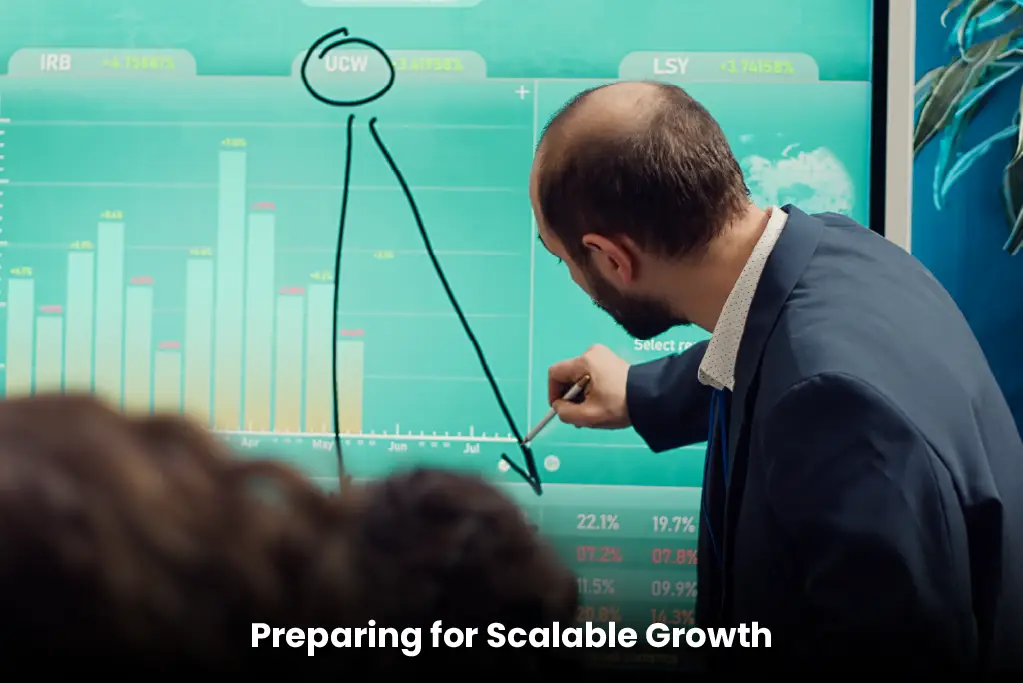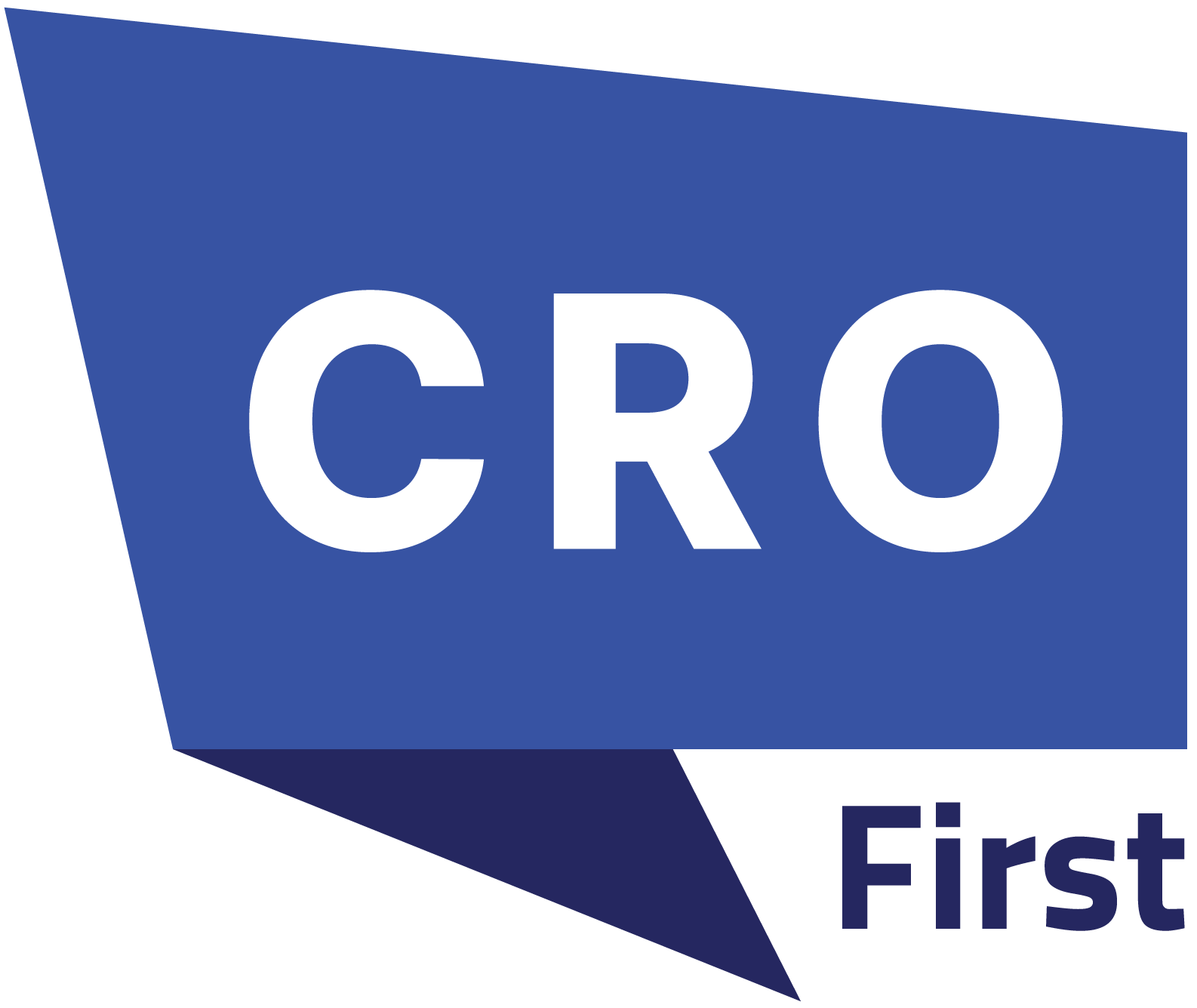Revenue operations are no longer just a connector across teams. It has become the strategic command center for driving growth. What once focused on aligning sales, marketing, and customer success has expanded into something more ambitious. Today’s RevOps leaders are under pressure to deliver sharper forecasts, unify insights, and enable faster decisions.
Traditional CRM platforms were designed to record interactions, manage pipelines, and support forecasting. They still play that role. However, in many organizations, they are no longer enough. CRM data is often incomplete, outdated, or locked in fields that tell part of the story but not all of it. When the pressure is on to deliver insight across the revenue lifecycle, gaps in the system become hard to ignore.
This is where revenue intelligence steps in. It connects to CRM but goes beyond it. It captures activity data automatically, analyzes engagement patterns, and surfaces trends that would otherwise be hidden. It offers a broader view of what is happening in the pipeline and a clearer picture of how revenue is progressing or stalling.
For RevOps leaders, this shift is not just about better tools. It is about a new way of operating. Revenue intelligence enables teams to move from reactive reporting to proactive guidance. It allows operations to become a source of insight, not just process.
Understanding the Limits of CRM
CRMs have long been the system of record for go-to-market teams. They house contact information, deal stages, notes, and reports. However, their effectiveness depends on consistent input. Sales reps need to log meetings, update opportunity details, and track next steps. When this process breaks down, visibility suffers.
The limitations are not always technical. Often, they come from how the system is used. Manual entry is time-consuming. Not all interactions are captured. And because CRMs are often customized differently across teams, data quality can vary widely.
RevOps teams spend significant time cleaning data, aligning definitions, and correcting reports. These efforts are important, but they do not address the structural issue. A CRM can only show what is entered. It cannot observe, interpret, or infer.
Revenue intelligence takes a different approach. It captures activity directly from communication platforms, calendars, call logs, and meeting tools. It looks at actual behavior, not just reported outcomes. That creates a more accurate baseline for analysis and forecasting.
A Shift Toward Real-Time Context
The pace of sales cycles has changed. Buyers expect faster responses, more relevance, and clearer value. Sales teams need real-time support to match that speed. CRM systems, structured for input and output, often cannot deliver that kind of dynamic context.
Revenue intelligence fills that gap. By monitoring conversations and analyzing trends across accounts, it helps teams understand what is happening now, not just what happened last week. For instance, in June 2025, Gong unveiled new AI capabilities that proactively identify deal risks, surface pipeline blind spots, and provide contextual recommendations. These features are designed to give revenue teams real-time execution insight. That kind of insight changes how RevOps leaders guide strategy.
It also shifts how frontline teams operate. Instead of checking dashboards that reflect the past, reps can engage with insights that reflect the present. Which deals are active? Which ones are at risk? Where is momentum building? These are not static reports. They are live signals that drive action.
For RevOps, this means more than visibility. It means precision. Instead of broad recommendations, they can deliver targeted guidance. Instead of waiting for a quarter to close, they can identify where to intervene while it is still open.
Building Intelligence Into the Process

RevOps is about more than dashboards. It is about improving the system as a whole. That includes aligning goals, integrating tools, and optimizing workflows. Revenue intelligence helps by embedding data into the flow of work, not just the reporting layer.
This integration matters. When insights are buried in separate platforms, teams do not use them. But when those insights appear inside the tools people already use email, CRM, call notes, they become part of the process. That is what drives adoption. That is what turns data into action.
For example, when a manager reviews a forecast, they can see not just deal size and close date, but engagement history, activity levels, and risk indicators. That context changes how the forecast is interpreted. It adds depth without adding noise.
This embedded model also reduces the burden on reps. They do not need to log every call or update every field. The system captures interactions in the background. That frees time, improves accuracy, and removes friction from the sales process.
Also Read: Top 5 Mistakes Companies Make in Revenue Recognition and How to Avoid Them
Enabling Cross-Functional Alignment
Revenue does not belong to one team. It moves across marketing, sales, account management, and customer success. RevOps exists to unify those functions, but it needs shared data to do so effectively. Revenue intelligence provides that foundation.
Because it captures activity at every stage, it allows leaders to see how prospects move through the funnel. It reveals where handoffs break down, where communication slows, and where accounts go quiet. This level of visibility is difficult to achieve with CRM alone.
When revenue intelligence is used across functions, alignment improves. Marketing sees which campaigns produce engaged leads. Sales knows which deals are active and where to focus. Customer success can anticipate risk before renewal is at stake.
This is not just coordination. It is collaboration based on shared reality. When every team is working from the same signals, their actions reinforce each other. That kind of alignment leads to smoother transitions, better outcomes, and a more predictable pipeline.
From Reporting to Strategy
The traditional RevOps function was often seen as a reporting center. Teams built dashboards, tracked KPIs, and delivered performance summaries. That work is still important, but the role is changing. It is moving toward strategic enablement.
Revenue intelligence supports that shift. It does not just help teams report more accurately. It helps them think more clearly about what the data means and what should happen next. It shifts the focus from metrics to movement. In April 2024, Clari announced that its Revenue Platform had surpassed US$ 4 trillion in revenue under management. This milestone marked the first in the category and highlighted the growing reliance on AI-powered platforms to manage revenue operations at scale. According to Clari Labs, companies using the platform reported a 10% reduction in slipped deals and a 40% improvement in committed revenue retention. These outcomes illustrate how revenue intelligence enables more precise decisions, moving RevOps from reactive reporting to strategic enablement.
This change alters how RevOps leaders work with executives. Instead of presenting static charts, they bring forward patterns, trends, and early warnings. Instead of confirming what everyone already knows, they introduce what others have not yet seen.
It also strengthens planning cycles. Annual forecasts, capacity models, and territory strategies gain precision when they are informed by real activity data. Decisions become grounded in how the business actually behaves, not just how it is expected to behave.
This is what turns operations into a competitive advantage. When RevOps teams stop reacting and start anticipating, they do more than manage revenue. They shape it.
Supporting Coaching and Performance
Sales performance is not driven by targets alone. It comes from consistent behaviors, repeatable practices, and timely coaching. Traditional systems make it difficult to see what drives success or where performance gaps are forming. Revenue intelligence offers a better lens.
By analyzing interactions across the funnel, RevOps leaders and frontline managers gain visibility into how deals are worked, how prospects respond, and where conversations break down. That visibility allows them to support teams with specifics, not just averages.
This makes coaching more personal. A rep struggling with early-stage calls gets different guidance than one who loses momentum in late-stage conversations. The insight is not abstract. It is grounded in recorded activity and engagement trends.
This capability extends to onboarding as well. New hires benefit from visibility into what top performers do and how they communicate. Instead of learning from static playbooks, they learn from real patterns.
In this way, revenue intelligence strengthens the feedback loop across the team. It replaces guesswork with clarity and reinforces the connection between effort and result.
Preparing for Scalable Growth

As companies grow, revenue operations become more complex. More deals, more reps, more markets, and more systems introduce new layers of friction. CRM alone often cannot keep up. It captures structure, but it struggles with volume and nuance.
Revenue intelligence helps scale operations without losing insight. It automates data capture, reduces manual reporting, and enables consistent performance measurement across teams. This consistency becomes critical when growth outpaces infrastructure.
For RevOps leaders, this means being able to support expansion without sacrificing precision. It means onboarding new teams faster, integrating acquisitions more smoothly, and maintaining process alignment across regions.
Scalability is not just about systems. It is about visibility at every level. Revenue intelligence provides that layer by tracking real-time activity, standardizing engagement metrics, and offering a unified view of pipeline health. This readiness allows operations to grow in step with the business, instead of falling behind it.
Shaping the Next Chapter of RevOps
The shift toward revenue intelligence reflects a broader trend in operations. The function is becoming more predictive, more data-driven, and more central to decision-making. The tools are evolving, but the mindset matters more.
RevOps leaders are no longer satisfied with partial views or delayed insights. They want clarity that drives action. They want systems that learn, adapt, and inform. CRM remains part of the foundation, but it is no longer the full picture.
By layering intelligence over process, RevOps gains the ability to guide the business forward. It becomes a source of foresight, not just hindsight. It enables faster decisions, stronger collaboration, and more confident execution.
Revenue intelligence is not a replacement. It is an extension. It fills the space where CRM stops, capturing signals that matter and transforming them into decisions that move the business forward.
Conclusion
The priorities of RevOps are shifting. Leaders are no longer focused solely on maintaining systems or reporting outcomes. They are focused on driving precision, alignment, and growth across the revenue engine.
Revenue intelligence supports that mission by adding context to data, clarity to process, and speed to action. It does not eliminate the need for CRM. It elevates it by making it more connected, more accurate, and more responsive.
In a business landscape where revenue decisions cannot wait and alignment must be constant, RevOps leaders are choosing tools that match the moment. They are prioritizing insight over input, visibility over volume, and intelligence over information.

